The great passions of Cardinal Francesco Saverio De Merode were weapons, urban planning and real estate speculation.
And as has often happened in the history of Rome, great works of art were born from the lust for wealth and power. Our protagonist was born in Belgium in 1820, the son of a minister he had naturally studied with the Jesuits.
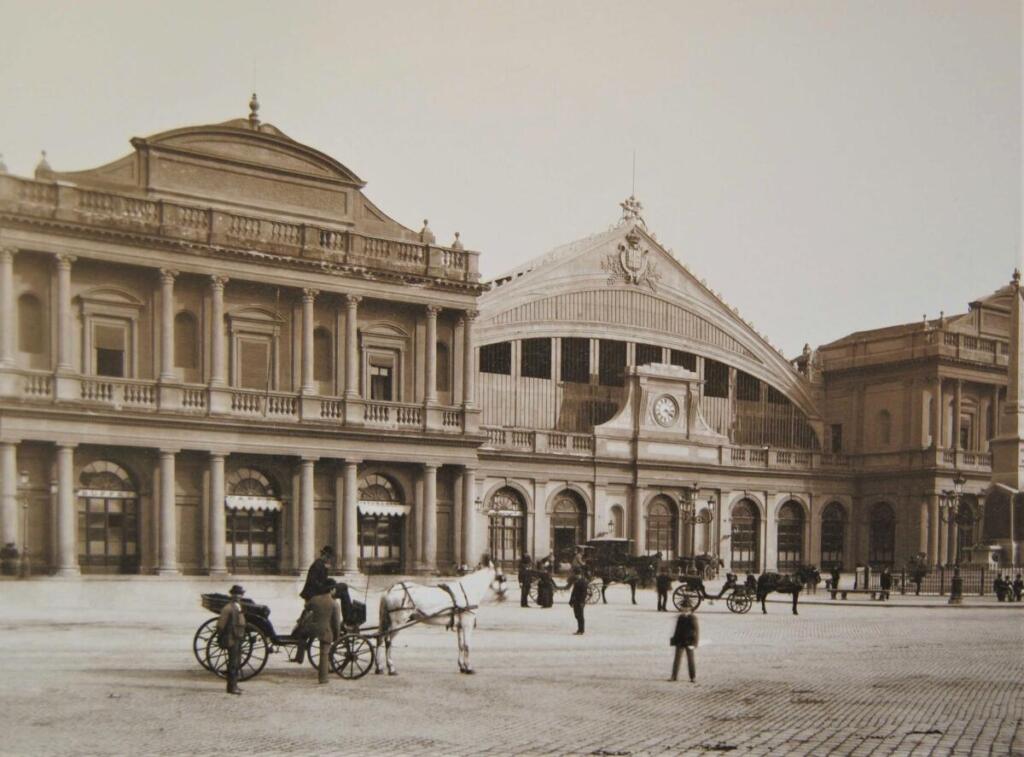
Then he enlisted as an officer in the Foreign Legion and went to fight for France in Algeria.
After the brief period of the Roman Republic, he came to Rome in 1849 and Pope Pius IX appointed him monsignor and minister of arms.
He was certainly not concerned with religion, his duties were to repress any rebellions, as well as to maintain contacts between the Papal States and its protector Napoleon III.

But De Merode's main idea was to expand the city of Rome, following the example of what Baron Haussmann was doing in those years with the boulevards of Paris.
He then convinced the pope, who in 1866 appointed him Cardinal, to create Termini Station on the grounds of Villa Peretti Montaldo, unifying the three local railway lines that were being built.
Then he bought, through some companies, various plots of land in the adjacent areas.
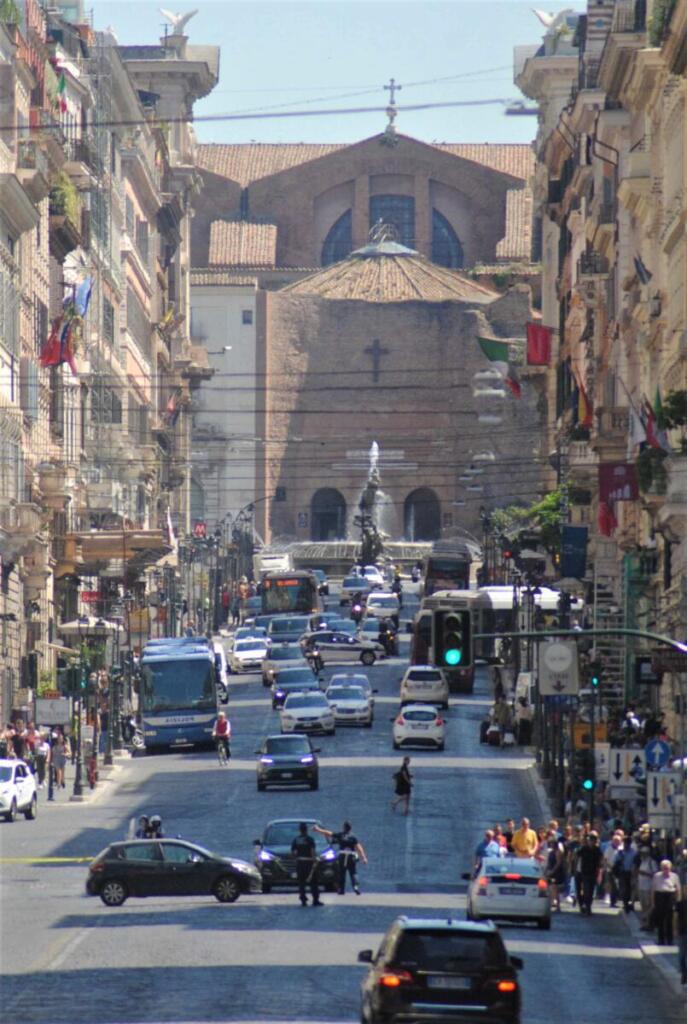
His most ingenious operation was the tracing of via Nazionale, to connect Piazza Venezia with the new station, passing through the exedra of the Baths of Diocletian, crossing the San Vitale Valley.
Not yet happy, in 1871 he purchased vast areas of land in what would become the Prati district and built an iron bridge to connect the area to the Port of Ripetta, a bridge that remained in operation until 1901.
As often unfortunately happens, De Merode had the opportunity to see only the beginning of his great projects because he died in 1874.
But the new Italian government decided, immediately after the Breccia di Porta Pia, to carry his plans forward, completing the station, via Nazionale and the Prati district.
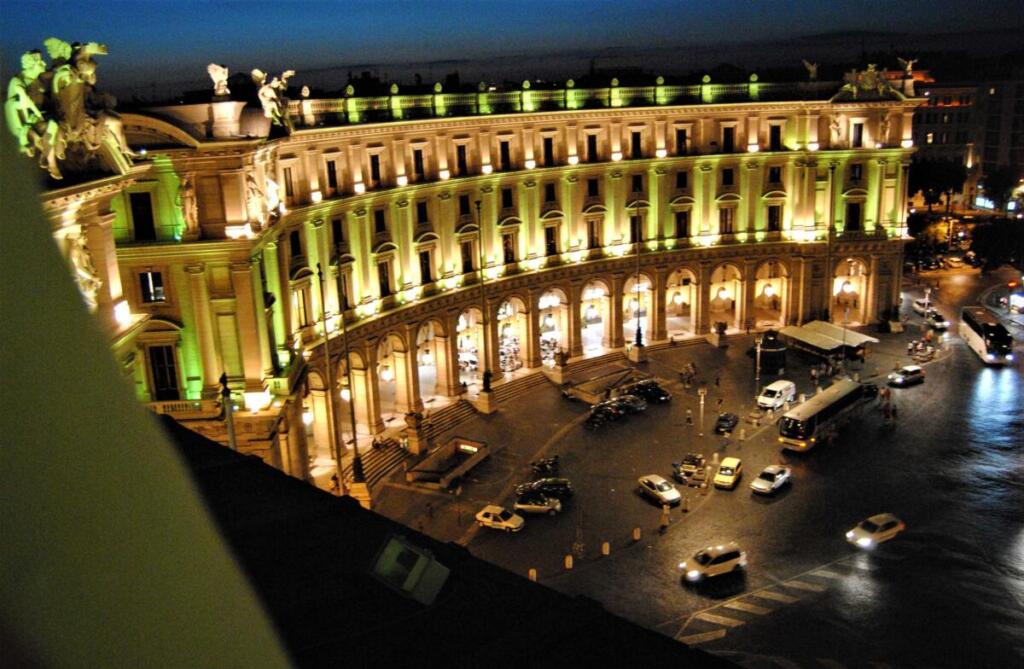
The Palazzo delle Esposizioni (Exhibition Palace), designed by Piacentini, was built on Via Nazionale, next to the tunnel that passes under the Quirinale. Then the Bank of Italy Building, designed by Gaetano Koch.

The same architect was entrusted with the task of designing the semicircle buildings on Piazza dell'Esedra, built between 1887 and 1894, following the shape of the exedra of the great Baths of Diocletian.
A few days before the entry of the Piedmontese to Porta Pia and the consequent collapse of the state, Pope Pius IX had inaugurated the aqueduct, called Acqua Marcia, which brought water to the current square.
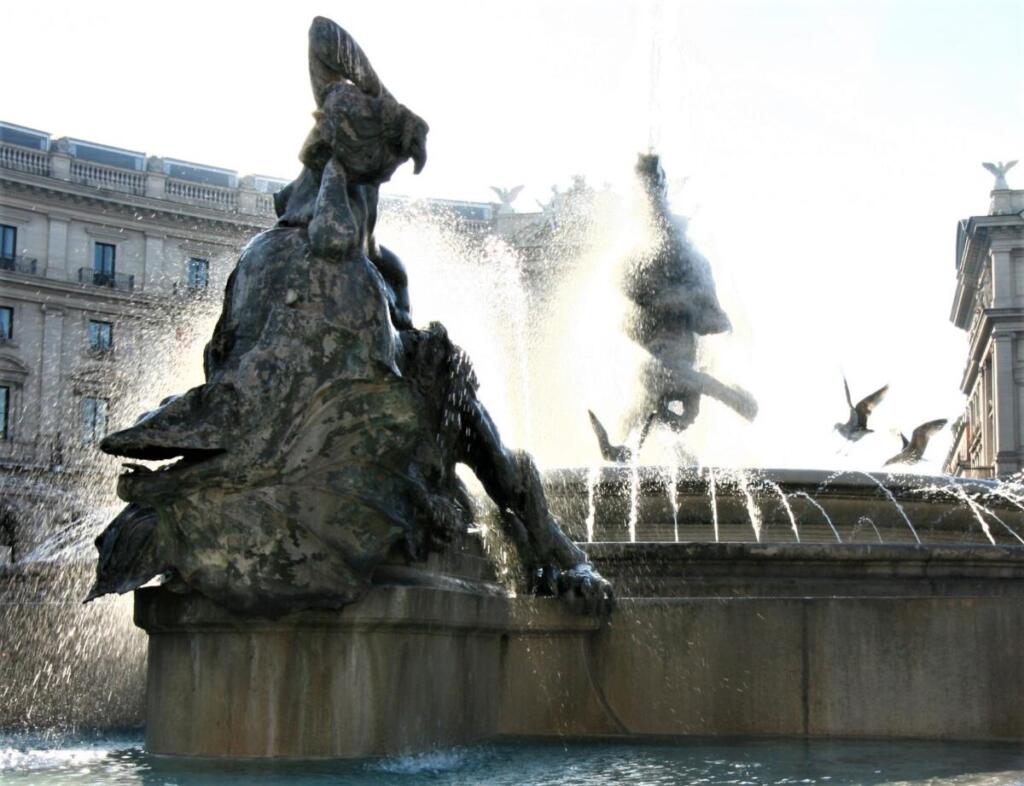
Thirty years later the whole work was crowned beautifully by Mario Rutelli, in 1901, with the Najadi Fountain.
The female figures actually caused a certain initial scandal, so a wooden palisade was put in which children made holes to peek, then luckily reason won.
Omnibuses ran on Via Nazionale, first pulled by horses and then became electric trams, which connected the centre of the capital with the train station.
Termini Station, which is so called from the Baths, had been started under Pius IX and was continued by the Kingdom of Italy with the inauguration in 1874.
This first station was active until 1948, when it was demolished to build the new one.





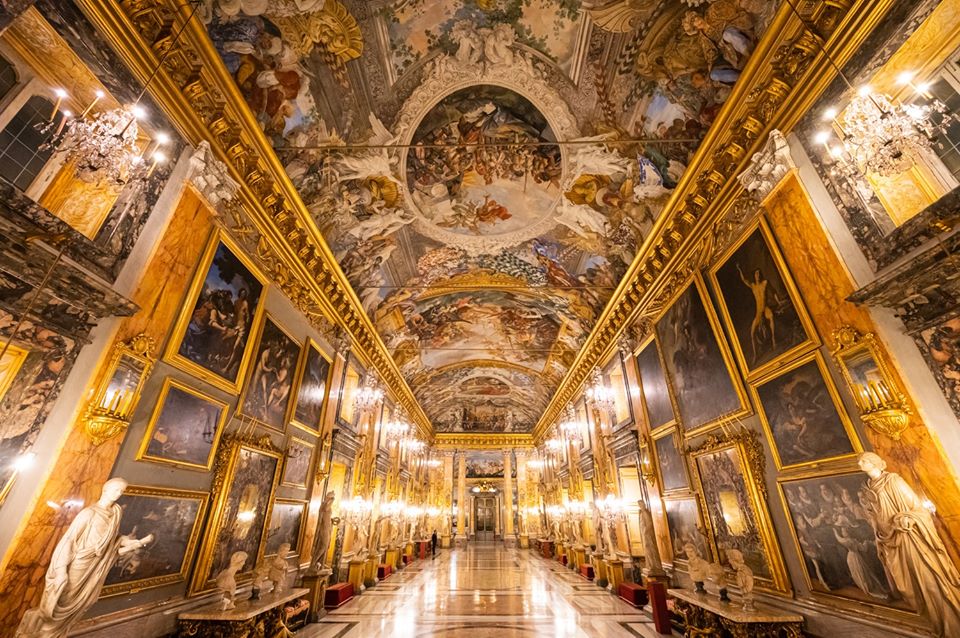

Follow us